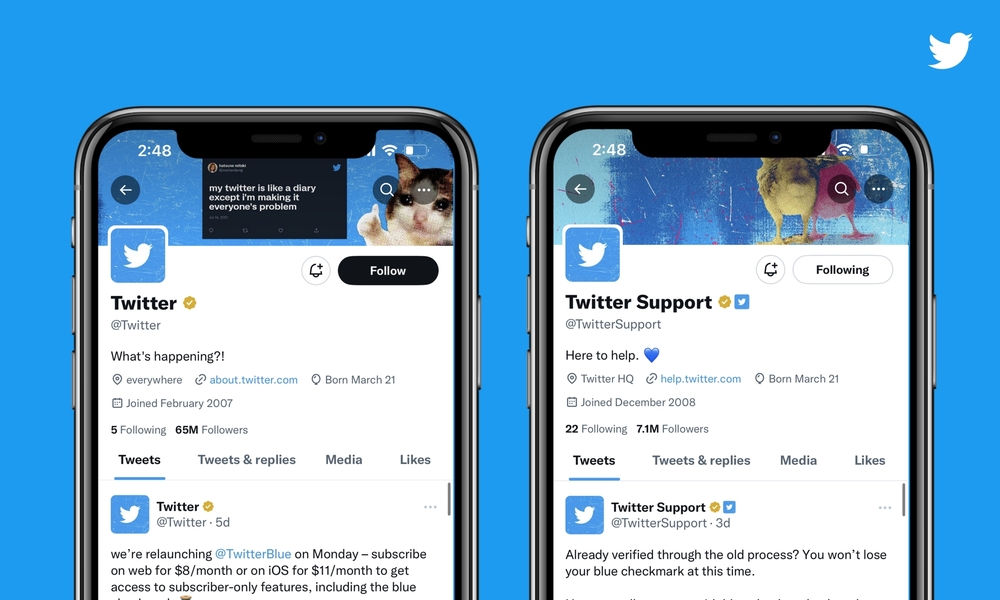
Twitter success story
In the modern digital landscape, few platforms have shaped public discourse and communication as profoundly as Twitter. This social networking behemoth started as a simple idea and burgeoned into a global town square of real-time dialogue. Here, we’ll unravel the story behind Twitter’s ascent to the summit of social media influence.
What is Twitter
Twitter is a social networking service where users post and interact with messages known as “tweets.” Limited to 280 characters, these tweets have become the digital pulses of today’s internet life, allowing for the instantaneous sharing of ideas, news, and content. It’s not just about what people are doing, but what they’re thinking and witnessing, often creating a collective witness to history in the making.
Prerequisites for Creating an Unusual Social Network
Twitter’s inception was marked by its divergence from the norms of existing social networks. The prerequisites for its creation were unique: a platform that emphasized brevity, immediacy, and the democratization of voice. Rather than detailed profiles or extensive networks of friends, Twitter was built around the rapid exchange of information, catering to the limited attention span of the digital age.
Founding Fathers
The quartet often credited with founding Twitter includes Jack Dorsey, Noah Glass, Biz Stone, and Evan Williams. Initially part of a failing podcasting startup, Odeo, the team pivoted dramatically. Dorsey, an undergraduate student at the time, brought forth the idea of an SMS-based communications platform. The project, originally named “twttr,” was meant to be a space where you could broadcast short bursts of inconsequential information to friends.

Rise in Popularity
Twitter’s rise was nothing short of meteoric. Its public debut came at the 2007 South by Southwest (SXSW) festival where usage increased from 20,000 to 60,000 tweets per day, proving its efficacy in real-time engagement. Major world events, from political protests to celebrity announcements, have unfolded on Twitter, cementing its status as the go-to platform for what’s happening now.
Secret of Success
The secret behind Twitter’s success is multifaceted. Its real-time nature made it indispensable for news and media. The simplicity of tweeting, combined with the vast potential audience, made it appealing for users to voice their thoughts. For businesses, it became a tool for customer engagement and marketing. Twitter also provided a foundation for powerful networking, not in the traditional sense of friends but through shared interests and hashtags, allowing users to navigate streams of information and connect over common ground.
Twitter’s adaptability also played a crucial role. As the landscape evolved, so did the platform, accommodating multimedia, live streaming, and more, without compromising its core of concise communication. As the platform continues to grow, Twitter’s trajectory remains a testament to the power of a simple, strong idea executed well.
Popular articles
You may be interested in related articles.
-
Expanding a startup into a new geographic market is a milestone that …
More -
In 2025, when access to venture capital is tighter and investor expectations …
More -
Decentralised ownership is redefining how startups attract investments and distribute equity. As …
More -
The Central and Eastern European (CEE) region has become increasingly attractive for …
More




